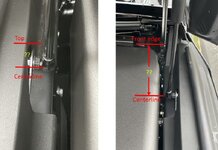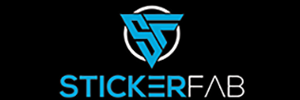- Jun 8, 2024
- 297
- Media
- 30
- 461
- Vehicles
- 2007 Toyota Tundra 4X4 Double Cab 5.7L V8, 2015 Chevrolet SS LS3 V8
Back on the original topic the 1958 I managed to test drive and look at didn’t have an objectionably heavy hood and the prop rod wasn’t difficult to use.
If you find yourself unable to open the hood and use the prop rod, unfortunately there’s a strong likelihood you can’t reach the oil fill or dipstick anyway. Even the coolant and windshield washer reservoir might be a stretch for the vertically challenged.
If you find yourself unable to open the hood and use the prop rod, unfortunately there’s a strong likelihood you can’t reach the oil fill or dipstick anyway. Even the coolant and windshield washer reservoir might be a stretch for the vertically challenged.



